Types and Functions of Temperature Sensors
What is a temperature sensor and its type and application?
Temperature sensors are electrical and electronic components that, as sensors, allow temperature to be measured using a specific electrical signal. This signal can be sent directly or by changing the resistance. They are also called heat sensors or thermosensors. A temperature sensor is used, among other applications, for the control of circuits. Temperature sensors are also called heat sensors, heat detectors, or thermal probes.
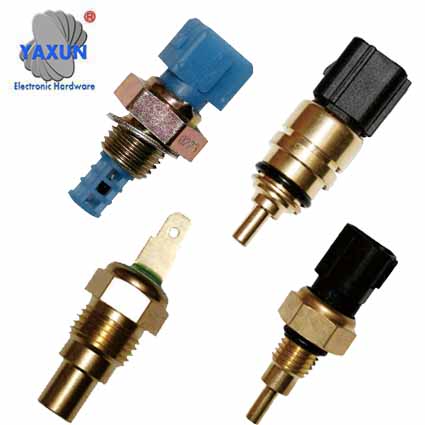 |
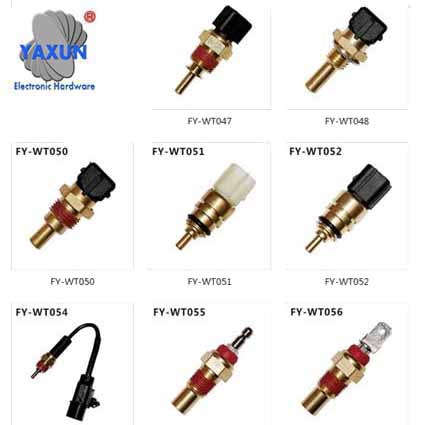 |
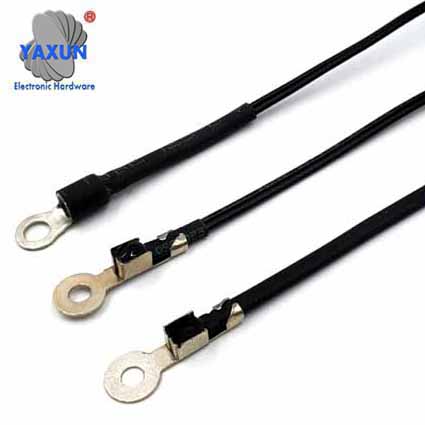 |
| Liquid and gas temperature sensor | Automotive temperature sensor | Ring Terminal temperature probe |
What types of temperature sensors are there and how do they work?
Two main types are distinguished: temperature sensors that change a resistance and those that work directly through an emitted signal.Temperature sensors with change in resistance or change in other physical properties
PTC thermistors signal an increase in temperature with increased resistance.
NTC thermistors signal an increase in temperature with a reduction in resistance based on metal oxides or semiconductors. The term thermistor comes from the English Thermally Sensitive Resistor.
Contact temperature sensors include thermocouples and thermistors. A thermocouple is made up of two conductors, each made of a different type of metal, that are joined at one end to form a junction. When the junction is exposed to heat, a voltage is generated that corresponds directly to the temperature input. This happens due to the phenomenon called thermoelectric effect. Thermocouples are generally inexpensive as their design and materials are simple. The other type of contact temperature sensor is called a thermistor. In thermistors, resistance decreases as temperature increases. There are two main types of thermistors: Negative Temperature Coefficient (NTC) and Positive Temperature Coefficient (PTC). Thermistors are more precise than thermocouples (capable of measuring within 0.05-1.5 degrees Celsius), and they are made of ceramics or polymers. Resistance Temperature Detectors (RTD) are essentially the metal counterpart of thermistors, and they are the most precise and expensive type of temperature sensors.
Depending on the materials used, a distinction is made between platinum, silicon and ceramic measuring resistors. They can be used for different temperature ranges. Ceramic semiconductors also work very well as separate heating elements or hot melts.
There are other interesting materials in this area, such as oscillating quartz temperature sensors as a unit of measurement, which reliably display temperature rise through a change in resonant frequency and which offer particularly accurate measurements.
Pyroelectric materials react to a change in the density of the charge carrier on their surface when changes in temperature occur. Spontaneous polarization occurs. Pyrometers measure heat radiation.
Bimetallic switches work mechanically and activate a switch by bending a bimetal in the event of an increase in temperature.
Ferromagnetic temperature sensors have a permanent magnet that, depending on the temperature, sticks or returns to a resting state. In this case, a spring tension is held magnetically or a switch is activated.
Fiber optic temperature sensors create a temperature profile with a fiberglass. They use the raman effect.
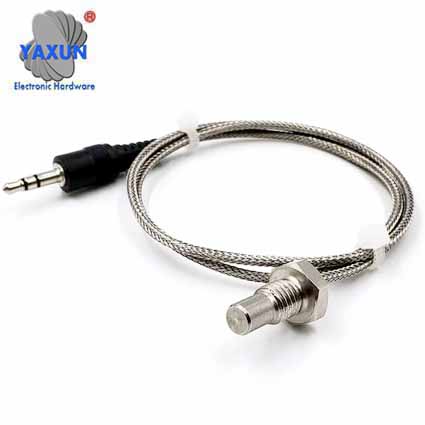 |
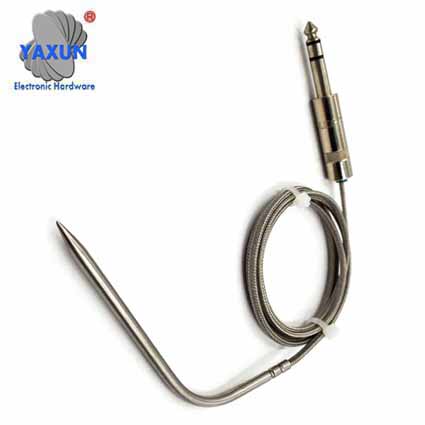 |
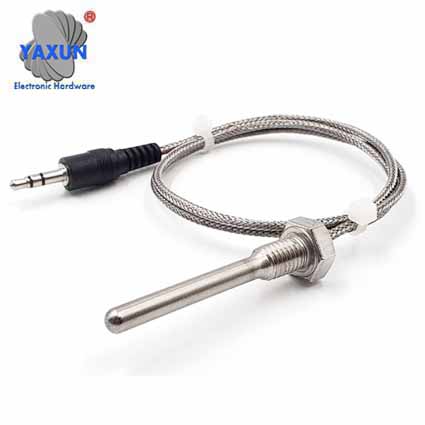 |
| M8 hex bolt temperature probe | PT1000 temperature sensing probe | PT100 or PT1000 Hex Bolt Temperature Sensor |
Components with electrical signals that can be processed directly
They are integrated semiconductor temperature sensors and / or solid state circuits.Depending on the temperature they produce
- a current
- a tension
- a digital signal
What materials does a temperature sensor detect?
Material detection depends on the type and design of the temperature sensor. This is especially true for temperature sensors that show the change in temperature by changing another physical property or magnitude. Many sensors detect metals.Where are temperature sensors used?
Temperature sensors are found in many everyday objects, such as irons, toasters, motion sensors, and in tools (such as automated temperature-regulated soldering irons). They are also used in many industrial applications where temperature-dependent circuits are controlled. (Thermal radiation chambers and automated heating elements). One of the typical applications is overheating protection using microprocessors.What are the advantages and disadvantages of a temperature sensor?
Temperature sensors can measure temperature accurately.However, it is important to choose the right type of construction for the different temperature ranges and environments. In some types a greater understanding of the complex operation is necessary in order to achieve their suitability for detectable materials. It can be very demanding to integrate a temperature sensor. During the selection phase, make sure that the components are of high quality, that the technology is sophisticated and that side effects such as heating up the resistance thermometer are minimal.





